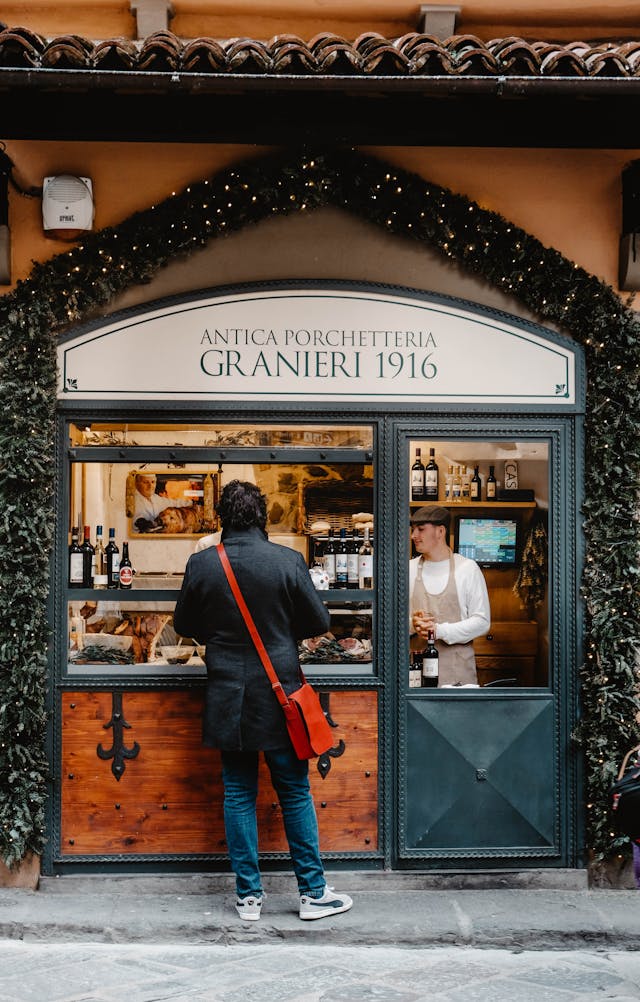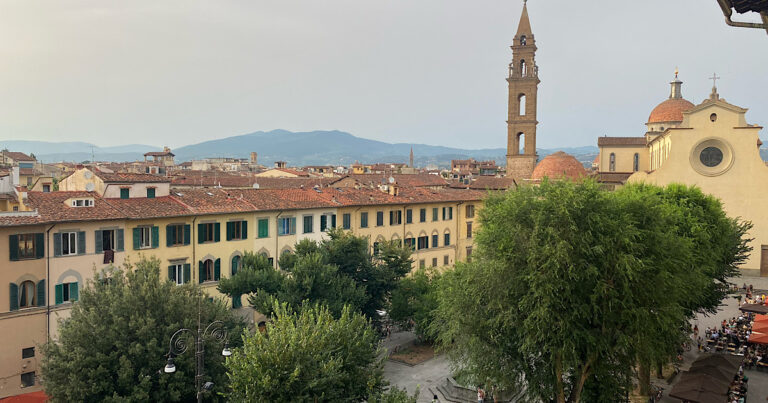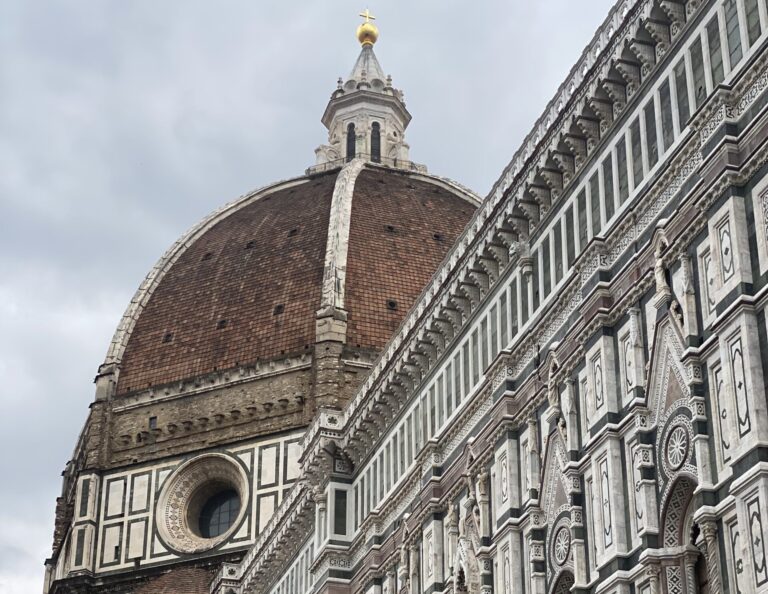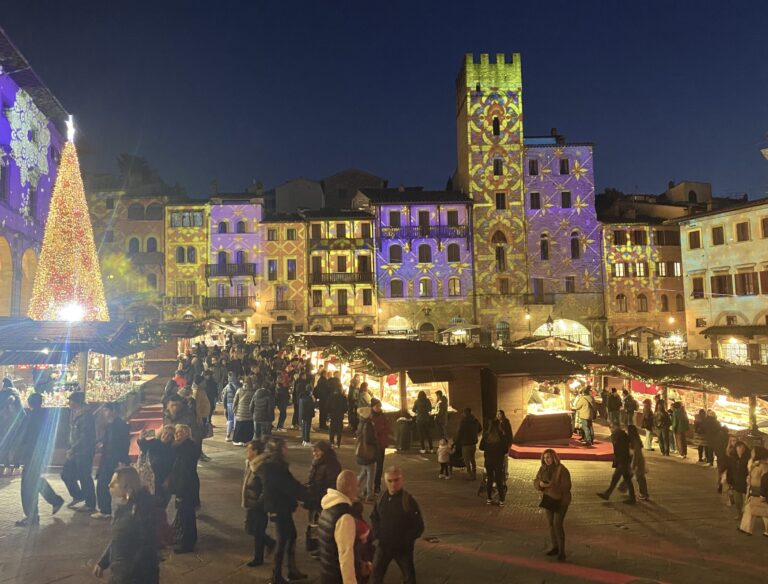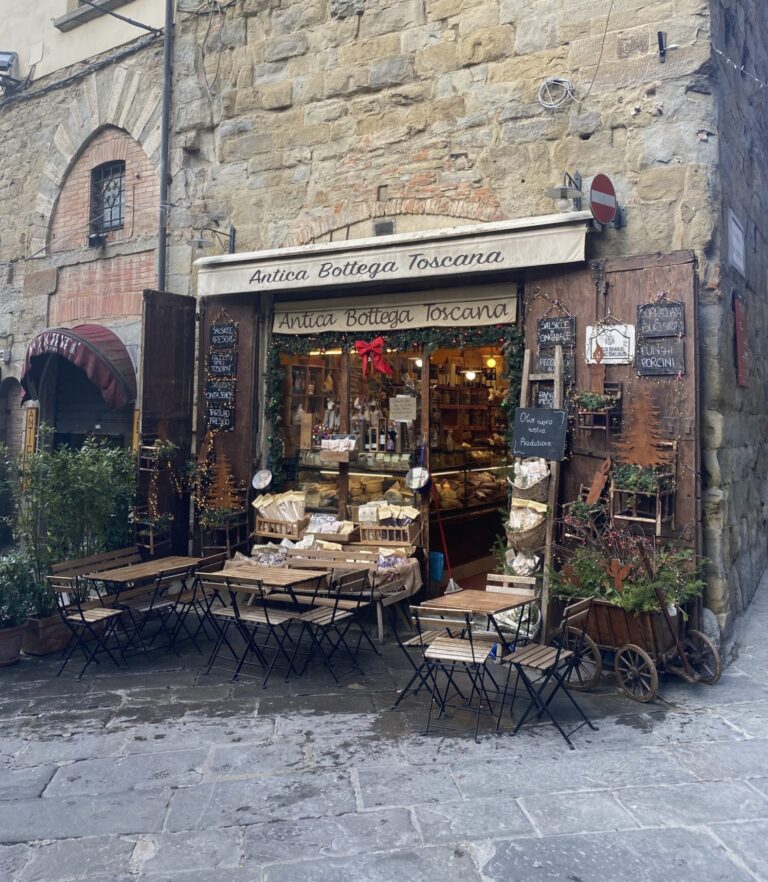Do You Need A Car In Tuscany? Find Out Now!
“Do you need a car in Tuscany?” It’s one of the most common questions we get asked by our friends when they are planning a trip to Tuscany and Italy.
While having a car certainly gives you more flexibility, exploring Tuscany without one is certainly doable. With a variety of transport options connecting the region’s historic cities and towns, wineries, and picturesque rolling hills, getting around is simpler than you might think.
We’ll explore the pros and cons of travelling through Tuscany with and without a car, share alternative transport options, and provide tips to make the most of your experience.
So, whether you’re wine tasting in Chianti or enjoying a day trip to a charming Tuscan village like San Gimignano or Montepulciano, we’ve got you covered.

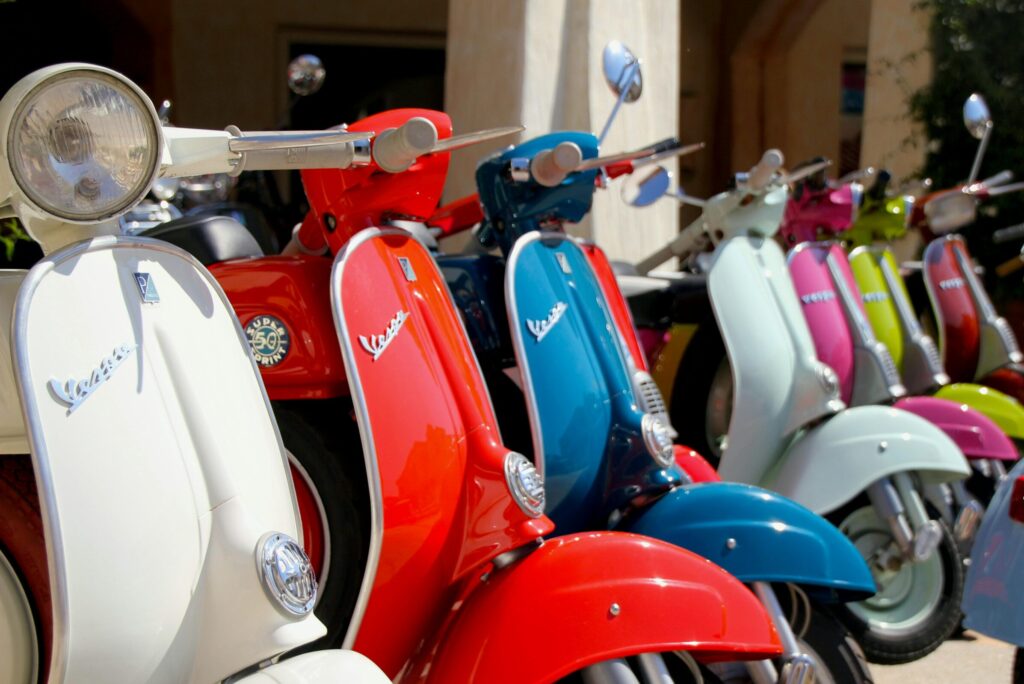
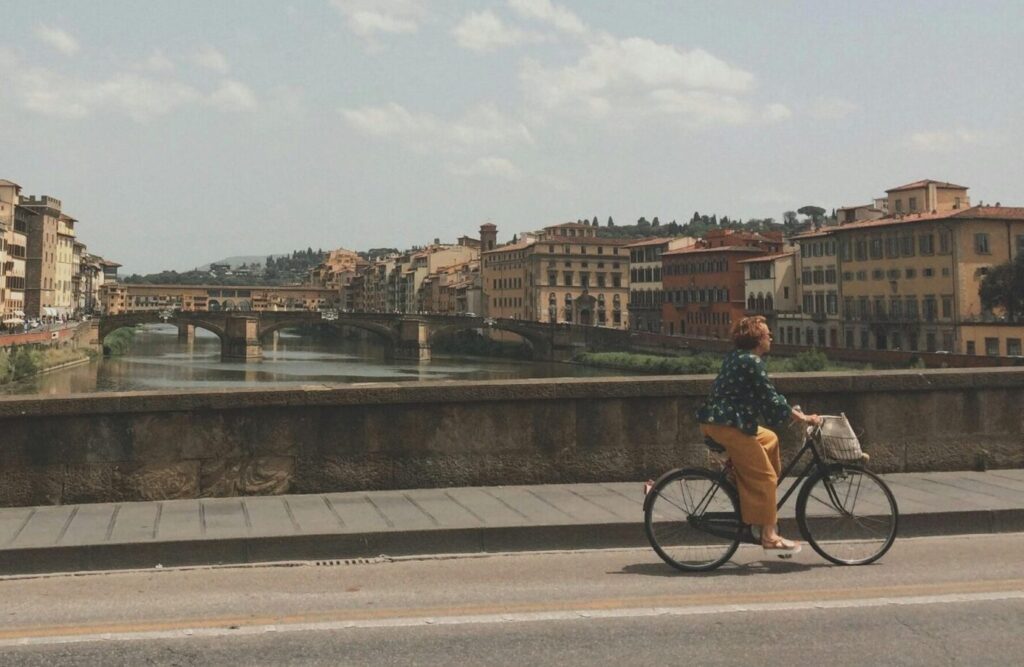
🔦 What’s In This Spotlight? Jump Ahead
The Pros
- Cost-Effective: Skipping a car rental saves on hire fees, fuel, tolls, and insurance. Public transport and tours are budget-friendly, especially for solo travellers or couples. Buses and trains are far cheaper than renting a car, ideal for sticking to major routes between popular towns.
- Eco-Friendly Travel: Public transport or small group tours lower your carbon footprint, supporting sustainable tourism. It’s an eco-conscious way to connect with Tuscany’s landscapes and culture while reducing environmental impact. Many transport providers and tour operators now prioritise sustainable practices, making responsible travel easier.
- Safe Wine Tasting: Planning a wine-tasting trip in Chianti or the countryside? Avoid driving and enjoy those extra glasses stress-free. Organised tours take care of transport, letting you relax and savour the experience. Professional drivers ensure safety, and tours often visit multiple wineries, giving you a broader tasting experience without needing a designated driver.`
- No Parking Hassles: Tuscan towns like Siena, Florence, and San Gimignano have limited parking, strict ZTL zones, and high fees. Not having a car spares you the stress of finding parking or risking hefty fines. Parking can cost up to €5/hour in busy areas, and navigating unfamiliar roads or Italian traffic signs is no picnic.
The Cons
- Limited Access: Without a car, remote villages, wineries, and countryside accommodations can be hard to reach. Reaching off-the-beaten-path spots like Val d’Orcia or Monteriggioni may require costly taxis or private transfers. Public transport schedules don’t always align with the attractions, you want to see.
- Time Constraints: Public transport can be infrequent, especially in rural areas, on weekends, and holidays. Delays or missed connections can disrupt plans, particularly in smaller towns with limited service. Careful planning is key to avoiding frustrations.
- Fewer Spontaneous Stops: Driving offers the freedom to explore hidden trattorias or scenic viewpoints on a whim. Without a car, you’ll need to stick to fixed routes, potentially missing out on unexpected gems. Discovering that ‘out-of-the-way’ trattoria or small, family owned winery are less likely when relying on public transport or tours.
What Are Your Options?
Tips for Negotiating Tuscany Without a Car
- Plan your itinerary: Research train and bus schedules in advance to avoid surprises. Websites like Trenitalia and Autolinee Toscane provide updated timetables.
- Choose central accommodation: Staying in hubs like Florence, Siena, or Arezzo makes it easier to access transport links and day trip options.
- Book tours ahead: Popular wine tours and private tours can sell out, especially in peak seasons.
- Travel light: Managing luggage on trains or buses is easier with a smaller bag or backpack.
- Embrace local experiences: Enjoy activities such as cooking classes, olive oil tastings, and walking tours—all conveniently accessible without the need for transport.
📌 Our Perfect Tuscany Itinerary showcases the best of Tuscany, where rolling hills, picturesque villages, and world famous wine create the perfect Italian escape. With Florence as your central hub, you’ll be able to explore the region’s most celebrated destinations.
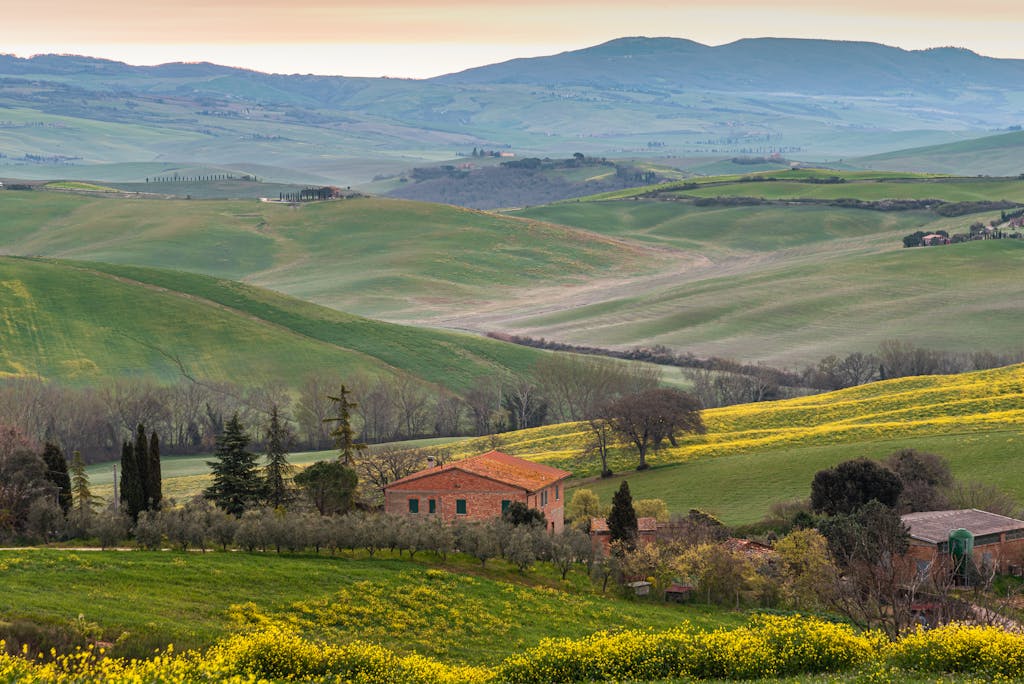
Exploring Tuscany without a car is not only possible but also an incredibly rewarding way to experience the region.

Whether you’re sipping a glass of Chianti Classico overlooking a stunning vineyard, cycling through Chianti’s rolling hills, or enjoying a guided private tour, there are countless ways to immerse yourself in the Tuscan lifestyle.
With a little planning, exploring the region can be both simple and stress-free. You’ll have the freedom to discover Tuscany’s beauty at your own pace—no car required!
Tuscany Travel Planning Toolkit
If you use any of these affiliate links to purchase products or services, we may earn a small commission at NO EXTRA COST TO YOU. Thank you for your support. 😁 Our Affiliate Disclosure Statement is available here.


